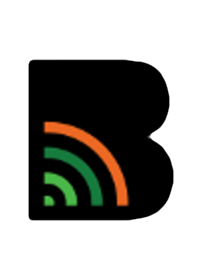Overview:
eDynamic Learning is a teacher-founded company, established with a mission of helping students find their passion. They are dedicated to developing programs of study in pathways that lead to industry-recognized certifications. With over 200 courses available on all technology platforms and devices, they are the largest publisher of CTE and elective courses in North America.
The eDynamic Learning middle school and high school curriculum is used in a variety of online and blended learning environments. Courses are designed to be flexible for teachers and ensure that students leave high school with the knowledge and preparation needed to make life-shaping college and career decisions.
Click here to visit the eDynamics site.
